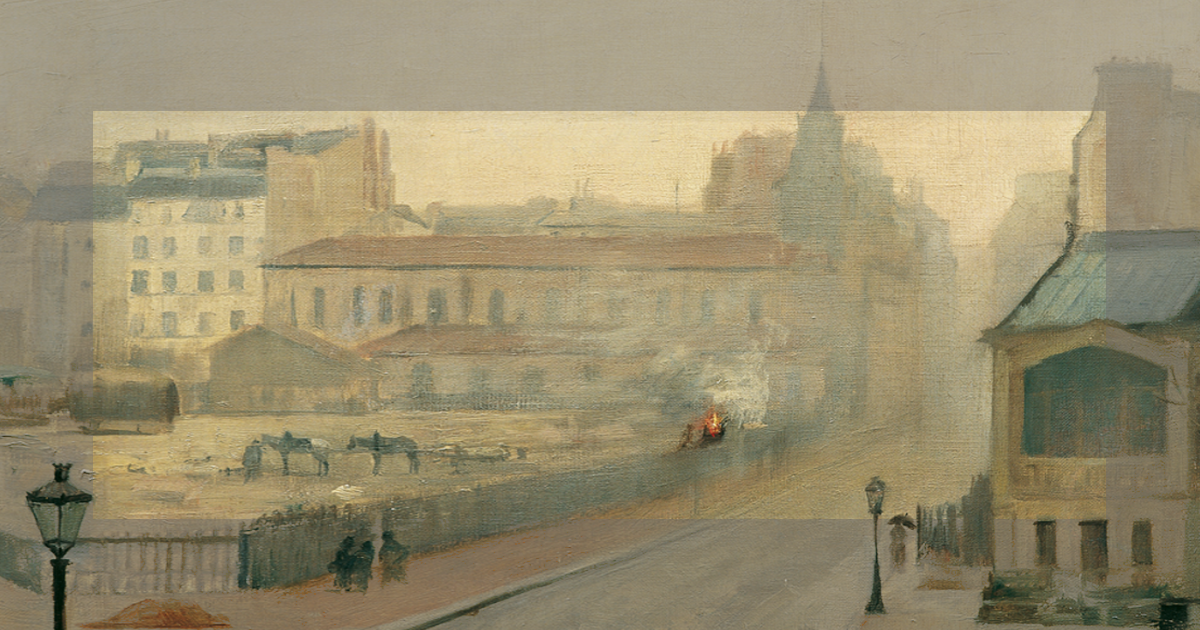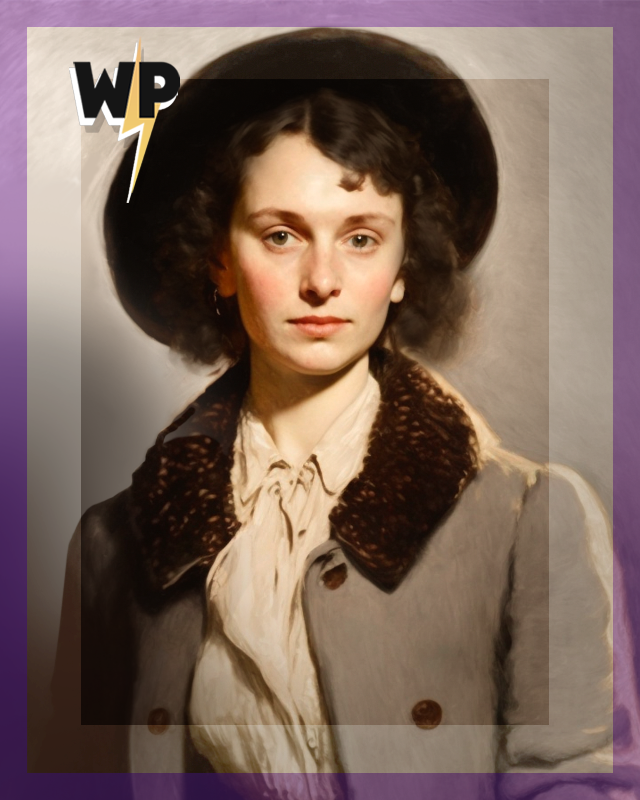
Marie Bashkirtseff was an unknown artist who, despite her short lifetime, once held the title of one of the most well-known women in Europe.
Maria Konstantinovna Bashkirtseva was born in 1858 to a privileged noble family in Gavrontsi, Russian Empire (now Ukraine). She spent a large portion of her youth travelling throughout Europe with her mother after her parents divorced when she was twelve years old before settling in Paris. She received an intensive private education encompassing painting and music, like many other noble women of the day. As a result of the consequences of tuberculosis mistakenly identified as chronic laryngitis, she lost her voice in 1877, ending her first artistic aspiration to pursue a singing career.
Marie studied painting at the Academie Julian (a private art school established by Rodolphe Julian that admitted young ladies and foreign artists barred from the École des Beaux-Arts). She started displaying her artwork in the Paris Salon as earlier as 1880 and did so for the remainder of her life.
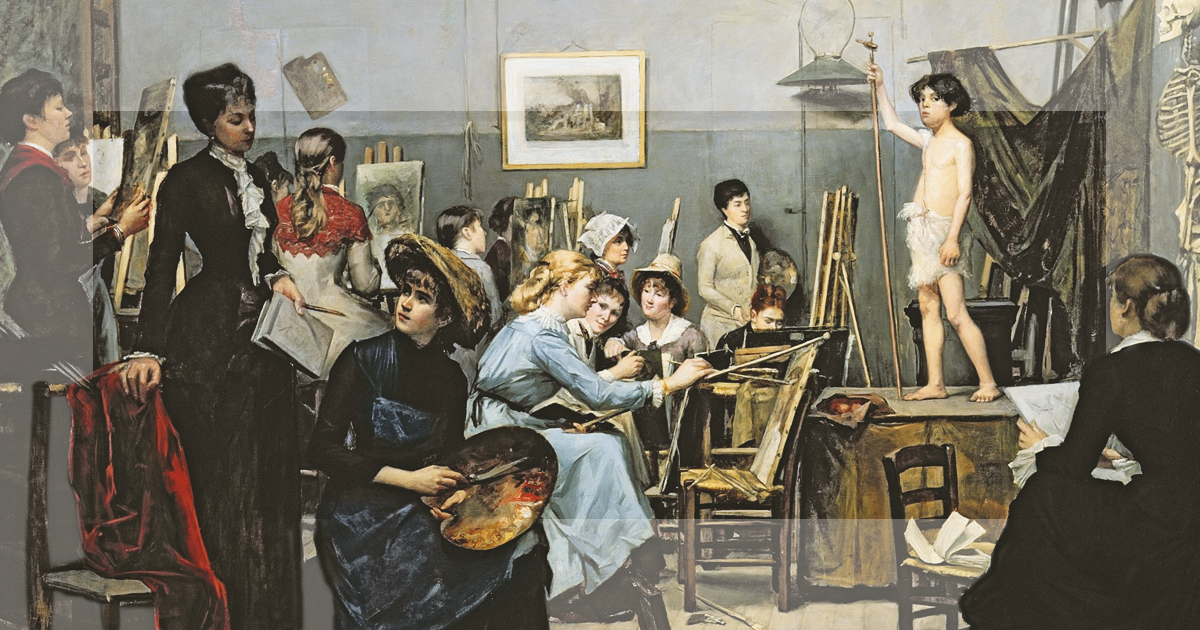
Marie then focused solely on visual art, and in 1877 she relocated to Paris to attend the Académie Julian. At the Robert-Fleury studio in Paris, she also studied painting, and in 1880 her work “Young Woman Reading: The Question of Divorce" (1880) was accepted for display in the Salon.
Bashkirtseff's breakthrough came in 1881, when she became the first woman artist to have a painting accepted for exhibition at the prestigious Salon de Paris, which was held at the Louvre Museum. Bashkirtseff's first painting to be exhibited at the Louvre was a portrait titled "The Meeting", which was included in the 1881 Salon exhibition. The painting depicts two young girls meeting on a pathway in a garden, with one holding a small bouquet of flowers.
The Louvre is one of the most prestigious museums in the world and it is a great honor for any artist to have their work displayed there. In Bashkirtseff's case, her inclusion in the Salon exhibition, which was held at the Louvre, was likely due to her growing reputation as an artist and her connection to the Parisian art scene.
A portrait of the female students at Julian's workshop was another accepted painting in 1881. In 1883, a pastel portrait of Dina Babanine and two oil paintings—Portrait of Irma and Jean and Jacques were displayed; the pastel received an honorable mention. The paintings The Umbrella (1883) and A Meeting (1884), as well as the bronze statue Nausicaa's Pain, are among her best-known creations (1884). The Salon of 1884 featured a performance of A Meeting just before Bashkirtseff passed from TB. She created about 230 pieces between 1877 and 1884, primarily paintings and drawings.
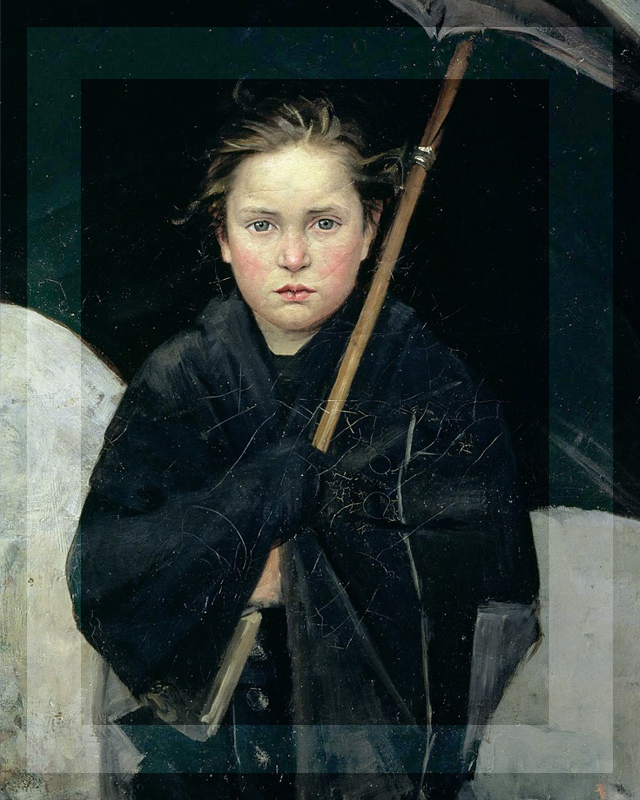
In addition to having artistic talent, Bashkirtseff gained notoriety for her writing in Europe. She became known as an intellectual in Paris during her lifetime and contributed to the feminist publication La Citoyenne in 1881 with several articles. Her lifelong notebook is her most well-known creation. She began keeping a detailed journal when she was thirteen years old, and it now provides her firsthand knowledge of the late nineteenth-century European bourgeoisie.
Bashkirtseff was conscious of her limited time left. Her right lung had sustained permanent damage. The left has been becoming worse over time. Where there had previously been no bones, now there were. She picked up a pen and a new notepad and started writing what would eventually become the final draught of the preface to her diary.
She was willing to try anything to get immortality through her art and her journal. She aspired to achieve posthumous recognition through her paintings should enough time be left before she passed away. Her diary was scheduled to be released in the case of an early demise.
Obviously, Bashkirtseff's diary changed how young people viewed their diaries and themselves; it also affected how literary stardom functions.
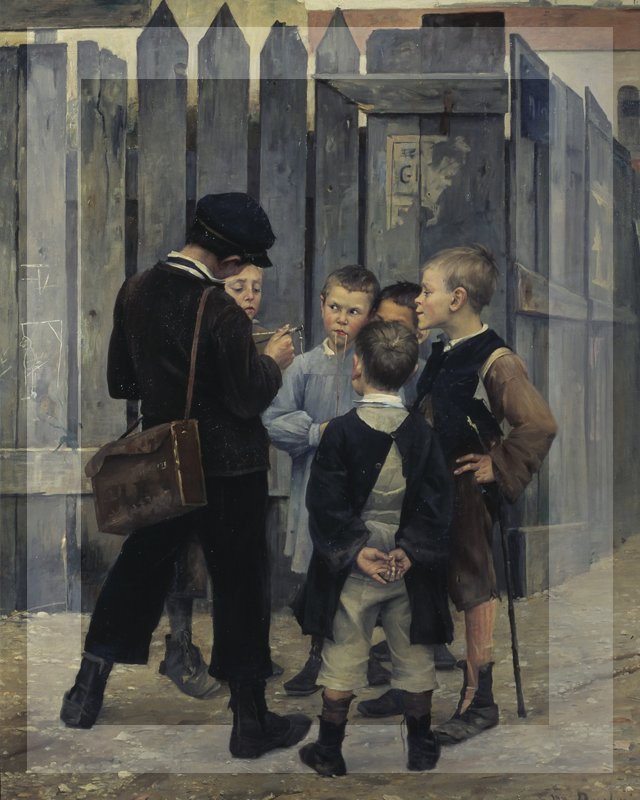
At 25, Bashkirtseff passed from TB in 1884 and was buried at Paris' Passy Cemetery. The French government has designated a full-size artist's studio as a historic monument honoring her grace. Despite the shortness of her life, her writings and artwork are preserved in libraries and museums worldwide.
